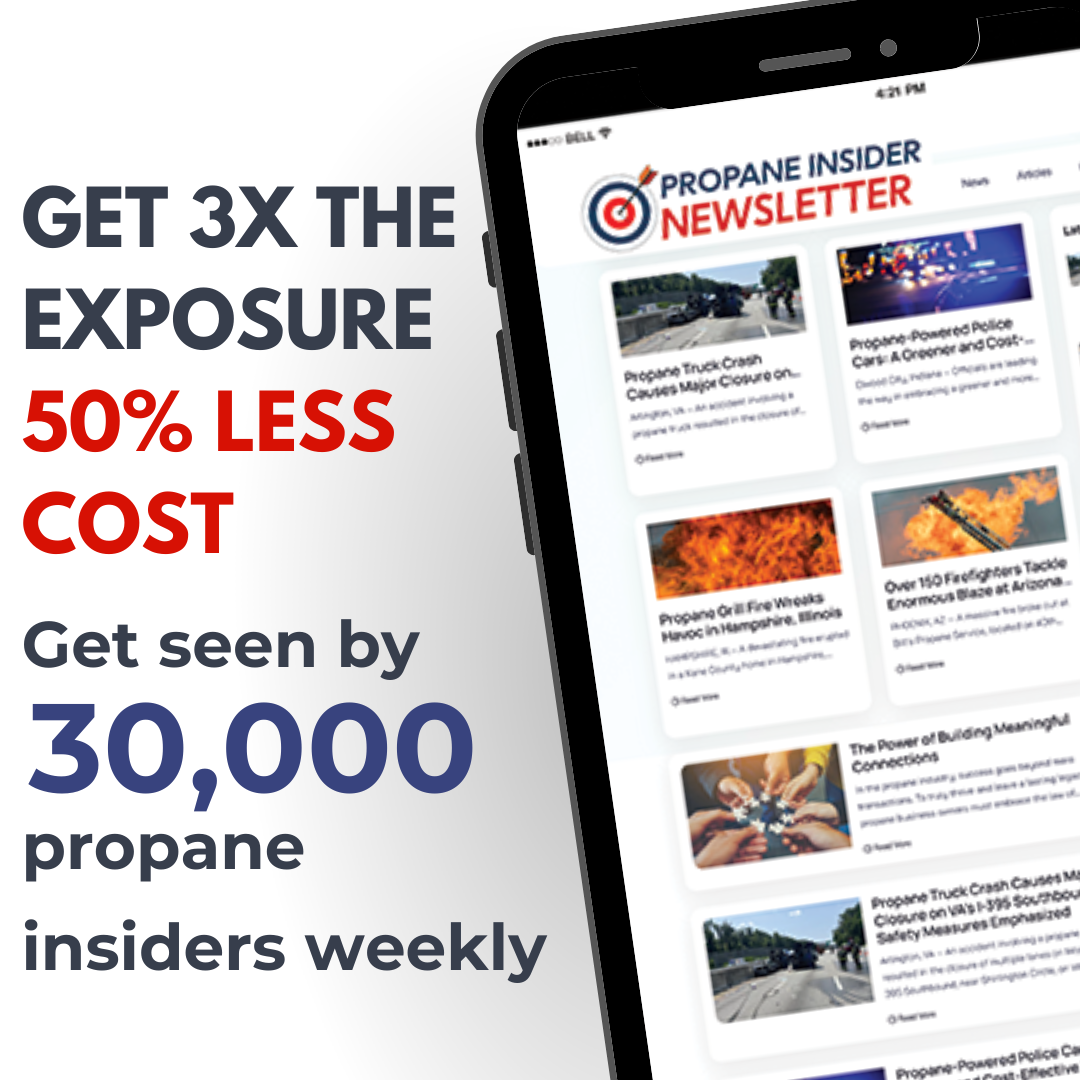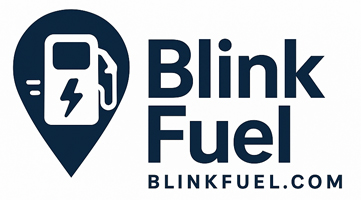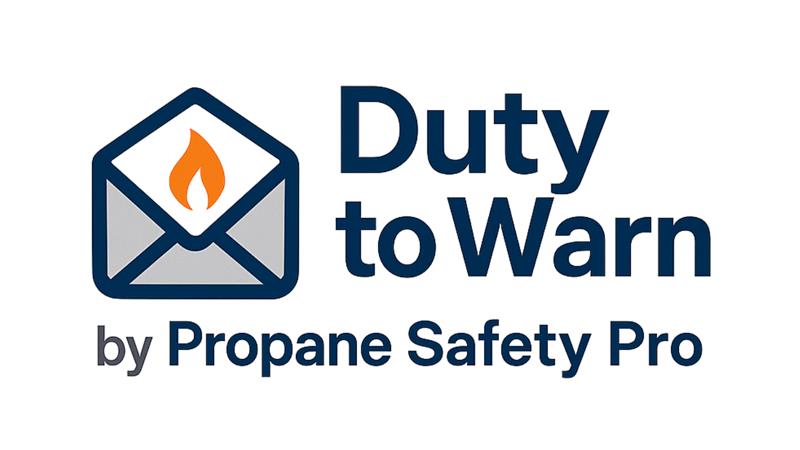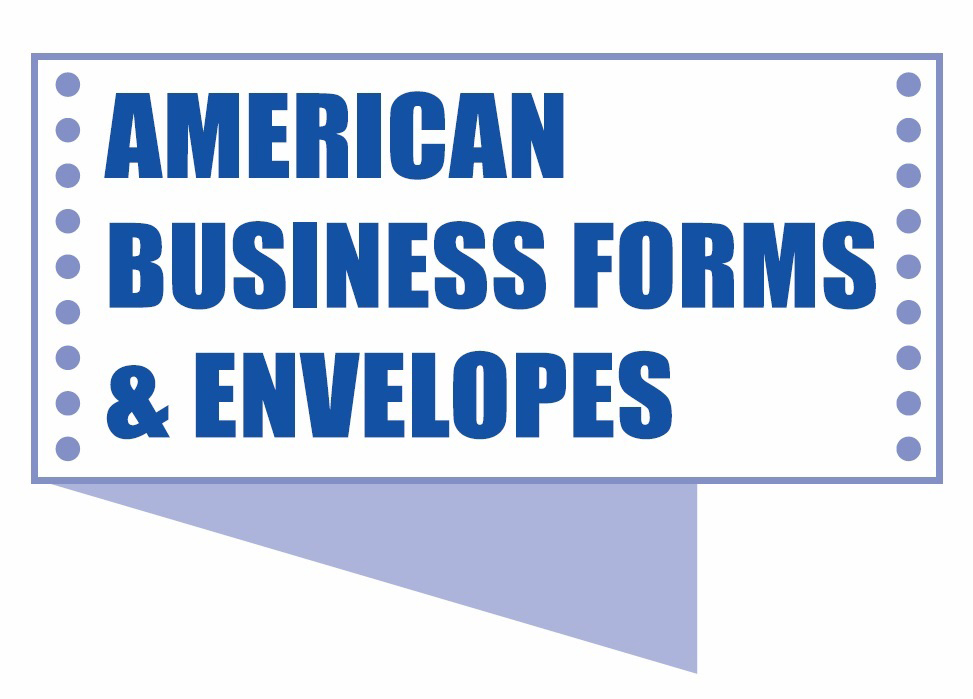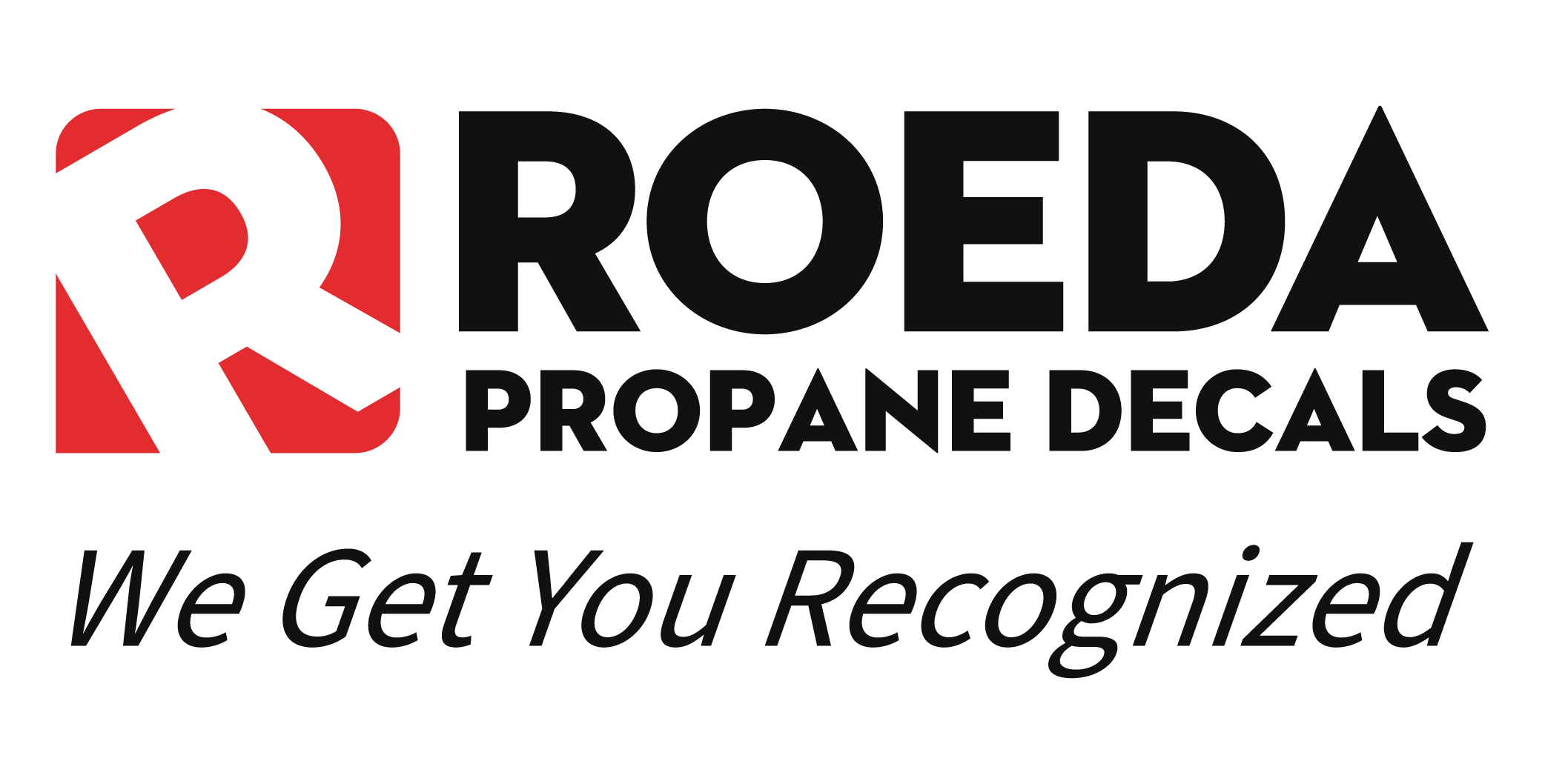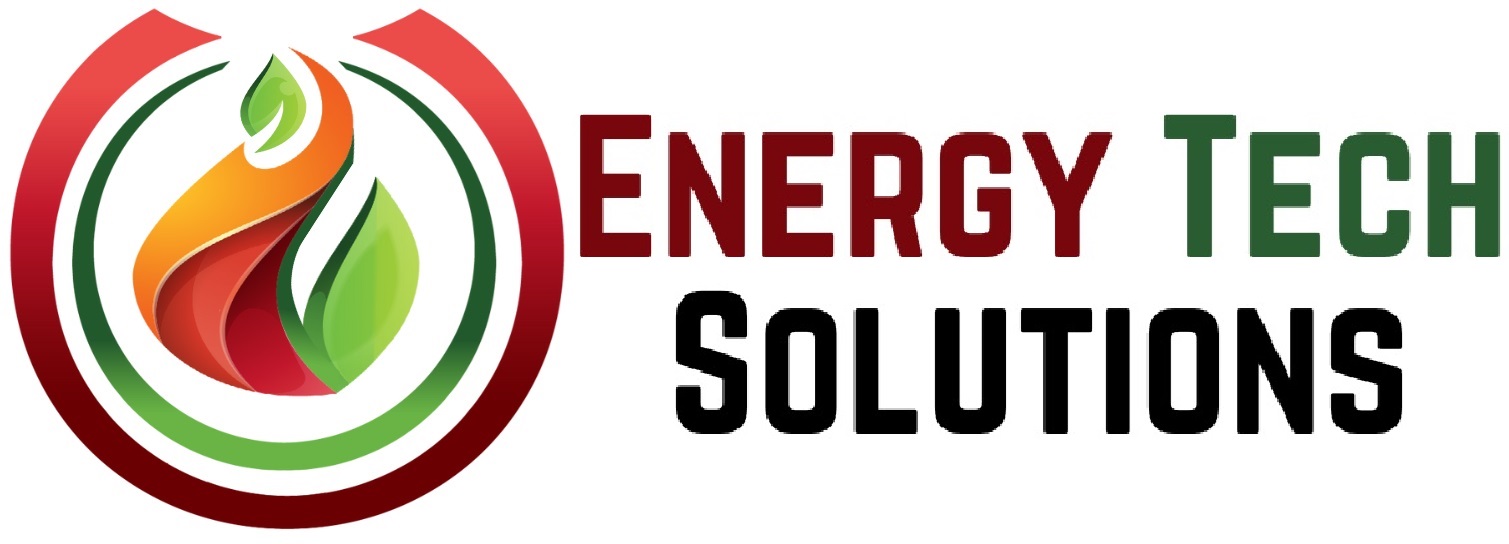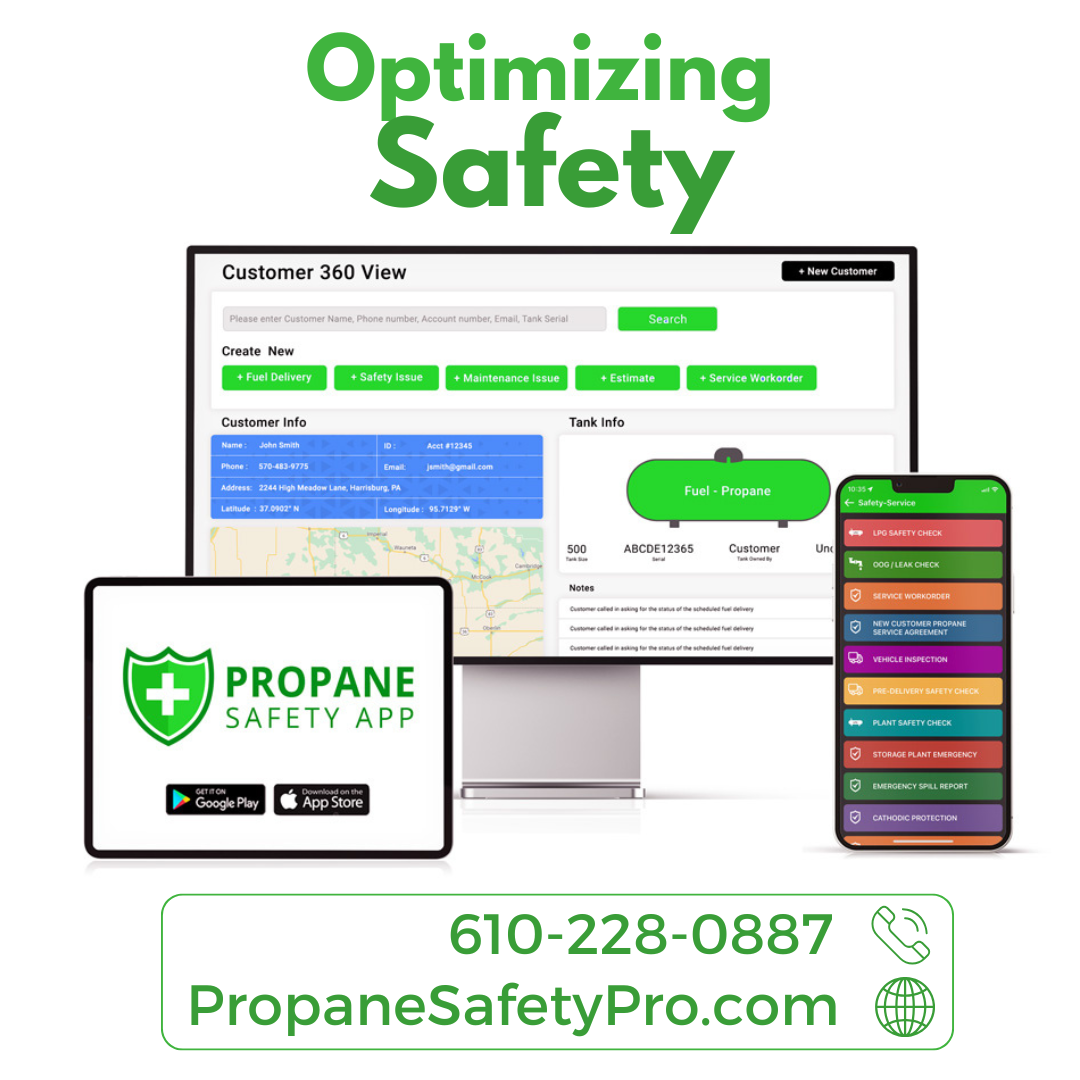Bridging the Gap Between Propane Codes and On-Site Realities
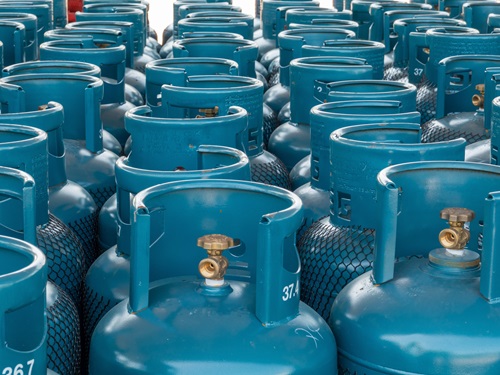
Propane professionals often work in environments where written safety codes meet unpredictable real-world situations. While the NFPA 58 code provides a solid framework, on-the-ground scenarios sometimes demand flexibility, interpretation, and communication to maintain both compliance and safety.
Changing Dispensers, Changing Safety Zones
As propane equipment evolves, so does the way we define safety boundaries. With modern volumetric dispensers, the point of transfer is now often at the nozzle rather than at the filling scale. This change can bring the actual transfer closer to buildings or ignition sources than intended by the code. To stay compliant, many sites now use signs or painted lines to clearly indicate the intended transfer location—even if the hose can reach farther. While recent editions of NFPA 58 allow room for interpretation, the responsibility falls on propane companies to work closely with inspectors to meet safety expectations.
When Restricted Access Becomes a Safety Concern
Some propane sites require extra protection – especially in public areas prone to vandalism. In one case, a fenced and locked tank at a rest stop raised concerns about emergency access. Although the code calls for immediate accessibility to shut-off valves, fire officials approved the setup after confirming they could still respond quickly. The key was communication and documentation. When site-specific needs call for alternatives, written agreements and inspector approval are essential.
Reading Between the Lines of the Code
Sometimes, the challenge isn’t outdated code – it’s how the code is interpreted. For example, federal rules around remote shutdown systems require that “auxiliary power” be cut during transfer, but there’s no clear definition of which systems that includes. Different authorities may interpret this differently, so it’s critical to clarify expectations early. Working with regulators before installations helps avoid costly revisions and ensures alignment with safety goals.
Key Tips for Compliance in Complex Situations
• Mark safe areas clearly when using dispensers with movable nozzles to avoid accidental violations.
• Talk to inspectors early if your site needs locked access or other unique features.
• Keep documentation ready – including written approvals for any special conditions.
• Ask questions when unsure about gray areas in the code. Don’t assume all interpretations are the same.
Staying Ahead Through Communication
In a constantly changing energy landscape, staying compliant is not just about reading the rules – it’s about understanding how they apply in practice. When real-world challenges stretch the boundaries of the code, strong communication with inspectors and thoughtful planning can ensure safety and compliance go hand in hand.

